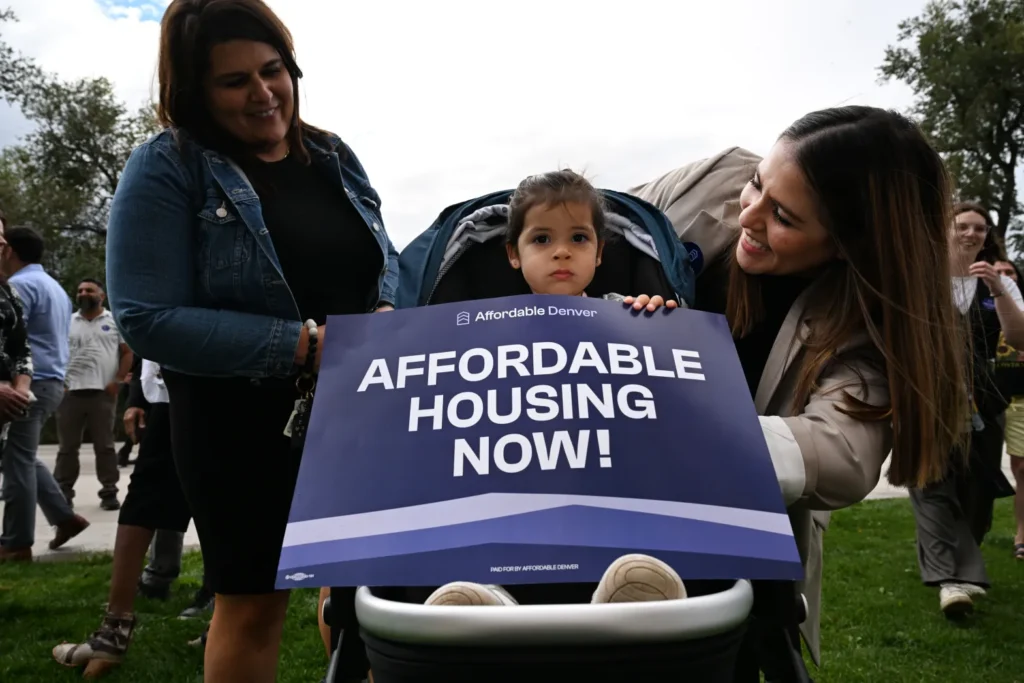
Bloomberg’s Noah Smith explains why growing cities need to get serious about allowing more construction.
The case for increasing construction becomes more solid by the day. A new paper by economists Brian Asquith, Evan Mast and Davin Reed finds that building one large new market-rate apartment building in a low-income, gentrifying urban neighborhood tends to reduce rents within an 800-footradius by 5 percent to 7 percent. This stands in sharp contrast to the theory that building new apartment buildings raises nearby rents by drawing high-income residents to the area. Instead, it looks as if new housing attracts relocating workers and prevents them from pricing out existing renters.
Although a 5% to 7% rent reduction within a small area is nothing to sneer at, it’s not a big enough effect to overcome the deluge of demand in a place such as San Francisco. At best it will slow the change, and it will probably have to be paired with reasonable rent control measures in some places. But if a lot more cities and neighborhoods throughout the country build more housing, the effect would probably be greatly amplified.
More housing in outlying suburbs and cities would allow more workers to live cheaply and commute to the city center, especially if paired with better transit. Increased supply would also lower rents in those areas and entice industry to spread out more, relieving demand pressure on the central city. And more housing in emerging technology hubs such as Seattle and Austin, Texas, in addition to up-and-coming cities like Denver, would give companies more options, spreading demand more evenly throughout the country.
Read more here.




